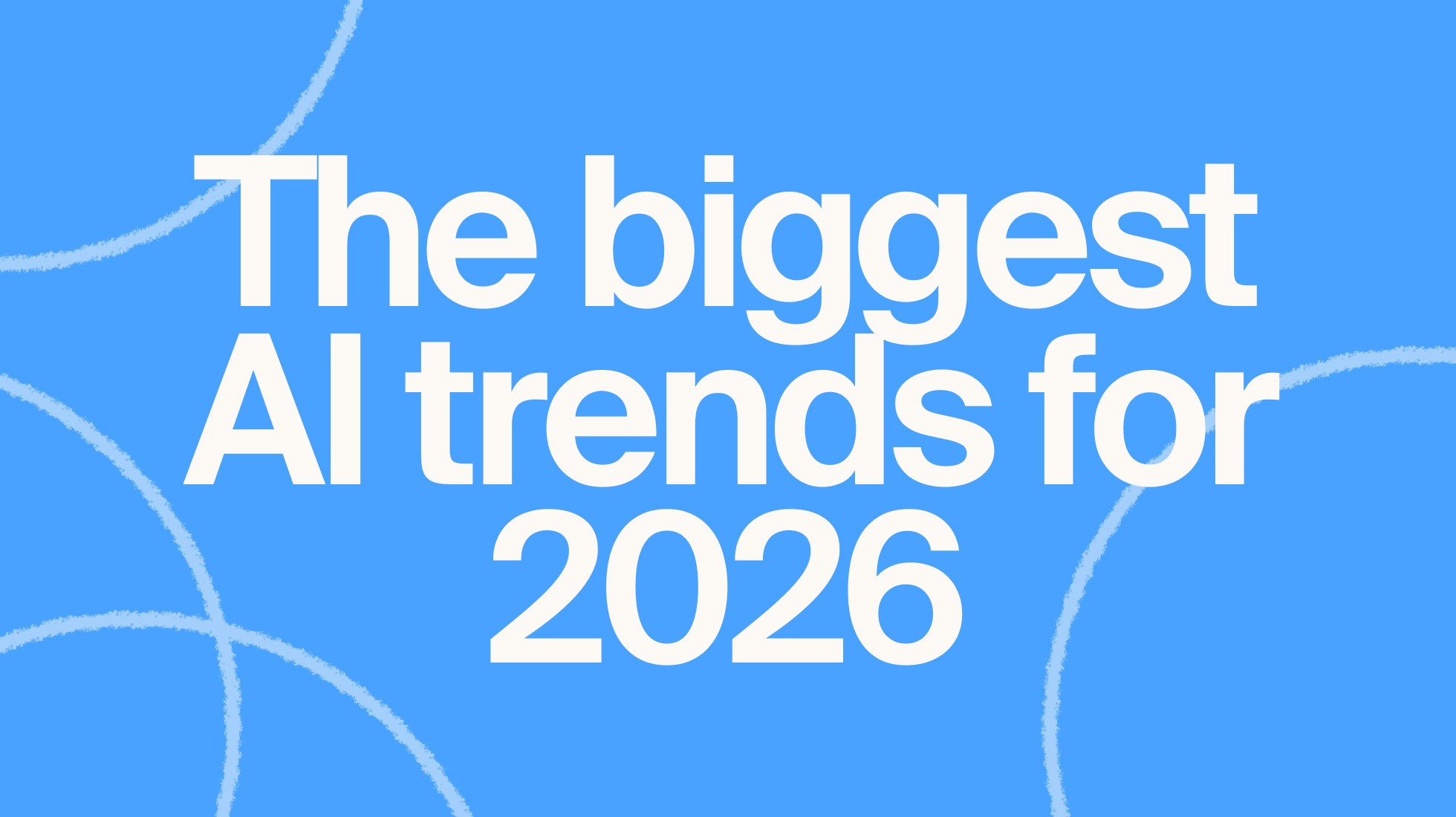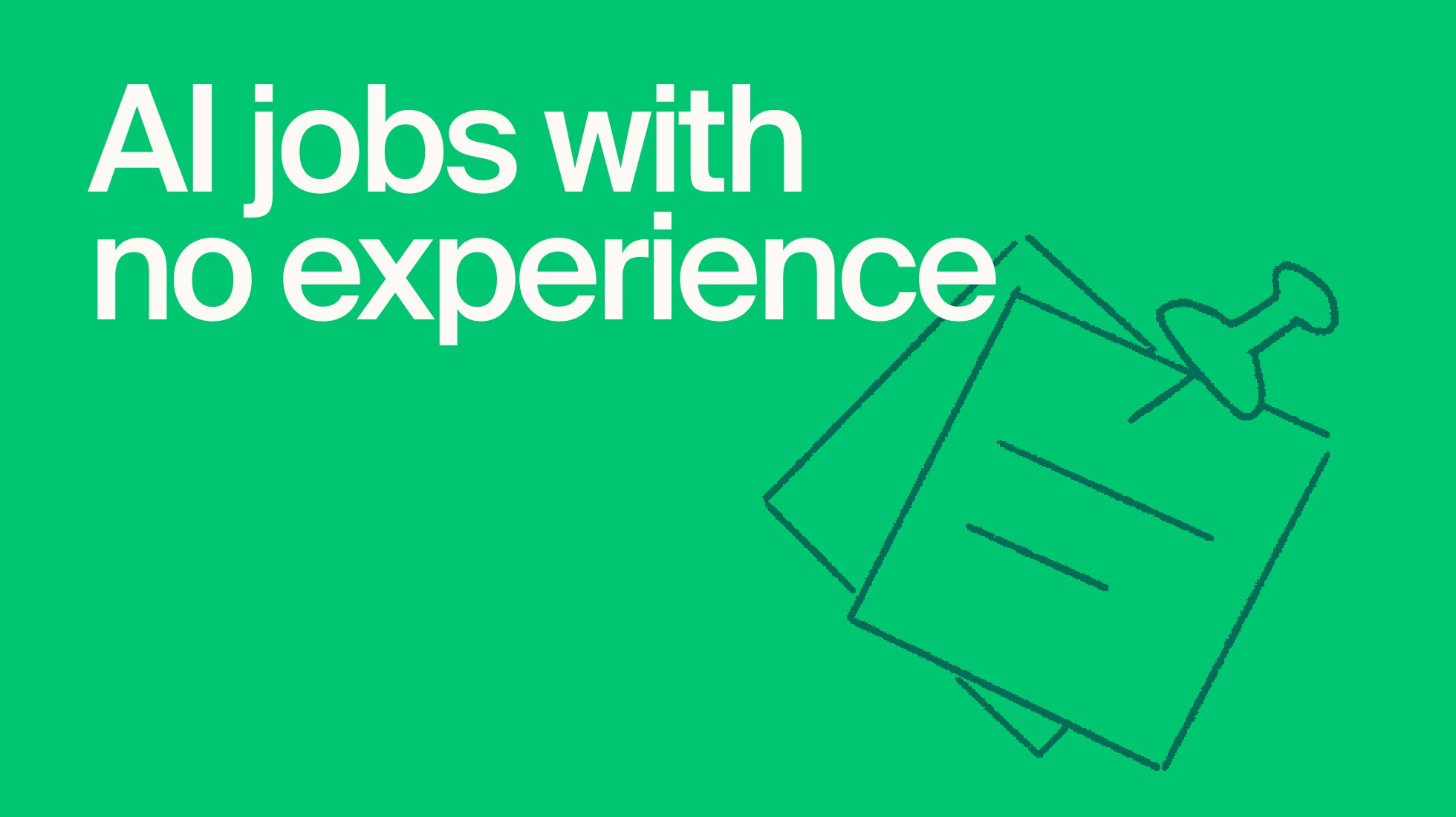GenAI Insights
September 8, 2025
Article by
Mindrift Team
What happens when an LLM crosses the line of “helpfulness” and becomes useless? And where does that line begin and end?
Human preferences training projects tackle these questions, focusing on teaching models to understand what users actually want (hint: it’s not just correctness).
To discover how human preferences keep models genuinely helpful — not just agreeable — we looked at the research. Recently, Toloka (the company that owns the Mindrift platform) and ELOQUENT Lab, along with Mindrift trainers, conducted a human preferences modelling project. Zoia Butenko, a researcher at the University of Oslo’s Language Technology Group, led the annotation side of the project and discovered that capturing real human preference is more difficult than it seems.
Explore how this research applies to an AI Trainer’s day-to-day evaluation work, learn practical tips, and get a glimpse of where higher-level projects are heading.
Why preference modeling is harder than we think
Human preference is often unpredictable. Sometimes users want clear answers, other times they want nuance. One infamous update to a well-known LLM made it so agreeable and enthusiastic that it became absolutely useless. It praised every suggestion, agreed with every claim, and avoided conflict entirely. Users didn’t feel understood—they felt like the whole thing was laughable.
Understanding preference goes beyond technical correctness. It’s about human factors: what feels trustworthy, what sounds natural, and what’s actually helpful in context. The problem is that often, people don’t know what they prefer until they see it.
How the dataset was created
The project collected answers from five major LLMs (from the GPT, Claude, and LLaMA families) in response to prompts like how do I take care of a wooden table? Mindrift trainers were then asked to compare responses in pairs, using five critical evaluation criteria:
Relevance: Does the response address the actual prompt?
Naturalness: Does it sound human or AI-generated?
Truthfulness: Is it factually accurate?
Safety: Could it be harmful, offensive, or biased?
Overall quality: Which response is stronger overall?
Each criterion was assessed independently to highlight trade-offs. For example, a response might be safe but vague, or very fluent but factually incorrect. Trainers provided short justifications, usually 2–3 sentences, for each decision.
This structure will sound familiar to many Mindrift trainers because your projects already involve weighing different aspects of response quality. But in this case, the evaluation was more granular and the justification more essential.
Trainer tip: When evaluating responses, think about each quality independently. Is it safe but unhelpful? Fluent but inaccurate? This kind of thinking builds stronger judgment and opens the door to higher-level projects.
What made the task challenging
Even with clear criteria, the decisions weren’t always straightforward. Some responses were technically correct but sounded robotic. Others were warm and helpful but included factual errors. Some debates among the team raised deeper questions like:
What’s the boundary between natural and too polished?
How do we define safety across cultures or contexts?
Is “overall quality” just a personal feeling or something we can structure?
These kinds of questions often don’t have one right answer. In fact, the whole point of preference modeling is to capture the complexity of human judgment. Having well-defined criteria helps, but thoughtful evaluators are more essential.
Trainer tip: Trust your instincts, but always explain them. Clear, reasoned justifications are one of the best ways to improve outputs and make them more useful to the public.
What the annotation process looked like
Each trainer went through onboarding, reviewed detailed guidelines, and completed sample tasks with feedback before beginning the main phase. Quality was prioritized over speed. A typical task flow for this project looked consisted of:
Comparing two responses
Assessing each of the five criteria
Providing a short written explanation for each
Skipping tasks requiring advanced domain knowledge
Spending about 10–15 minutes per task
To ensure consistency, trainers were limited to 30 tasks per day, which helped reduce fatigue and bias.
Trainer tip: Don’t rush. Take your time to apply criteria thoughtfully, re-read when needed, and focus on depth of analysis. That’s what sets expert contributors apart.
Can GenAI predict what people prefer?
Once the dataset was ready, researchers ran a baseline test using GPT‑4.1‑nano (April 2025 release) to see how well a model could replicate human preferences. Here’s how it performed:
Average accuracy: 29.7%
Best performance category: Overall quality (49.6%)
Worst performance category: Truthfulness and safety (17.95%)
The model also attempted to generate explanations for its predictions and while the language was fluent, the justifications often lacked clarity, factual accuracy, or persuasive reasoning.
It’s clear that LLMs have a long way to improve before reaching a human-level of usefulness and helpfulness. Even advanced LLMs still struggle with subjective judgment and nuanced preferences. That’s why high-quality human input remains so valuable — and why your contributions matter.
Help AI learn to be more human
If you’ve ever played around with an AI model and thought:
“This answer is technically fine, but doesn’t really help.”
“It’s polite, but it avoids the question.”
“It sounds good, but it’s factually wrong.”
You’re already doing the kind of thinking these projects require. Preference modeling tasks are a natural fit for trainers who:
Like nuanced evaluations
Enjoy weighing multiple factors
Are comfortable writing concise justifications
Want to grow into more advanced or research-aligned projects
These tasks build on what you already know but ask you to think more deeply, reason more clearly, and evaluate more holistically — and that’s exactly where model training is headed.
Curious about the world of AI? Join Mindrift as an AI Trainer and learn new skills, make extra money, and get to know a great community of professionals while building the future of AI.
Explore unique opportunities to see where you fit in!
Explore AI opportunities in your field
Browse domains, apply, and join our talent pool. Get paid when projects in your expertise arise.
Article by

Mindrift Team




